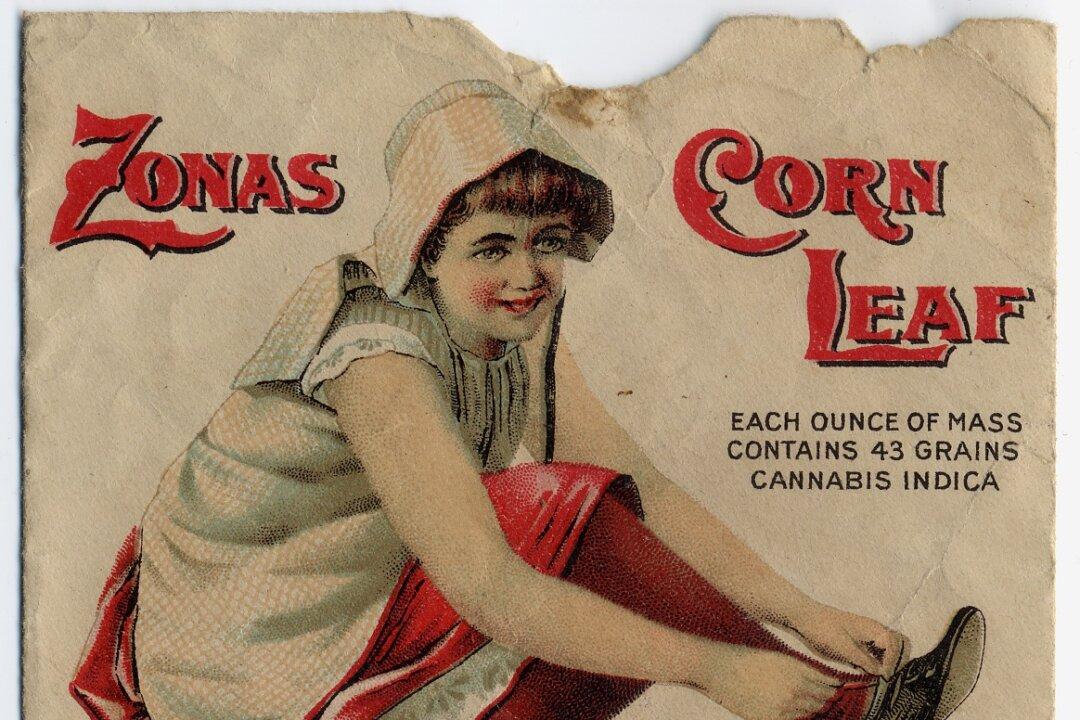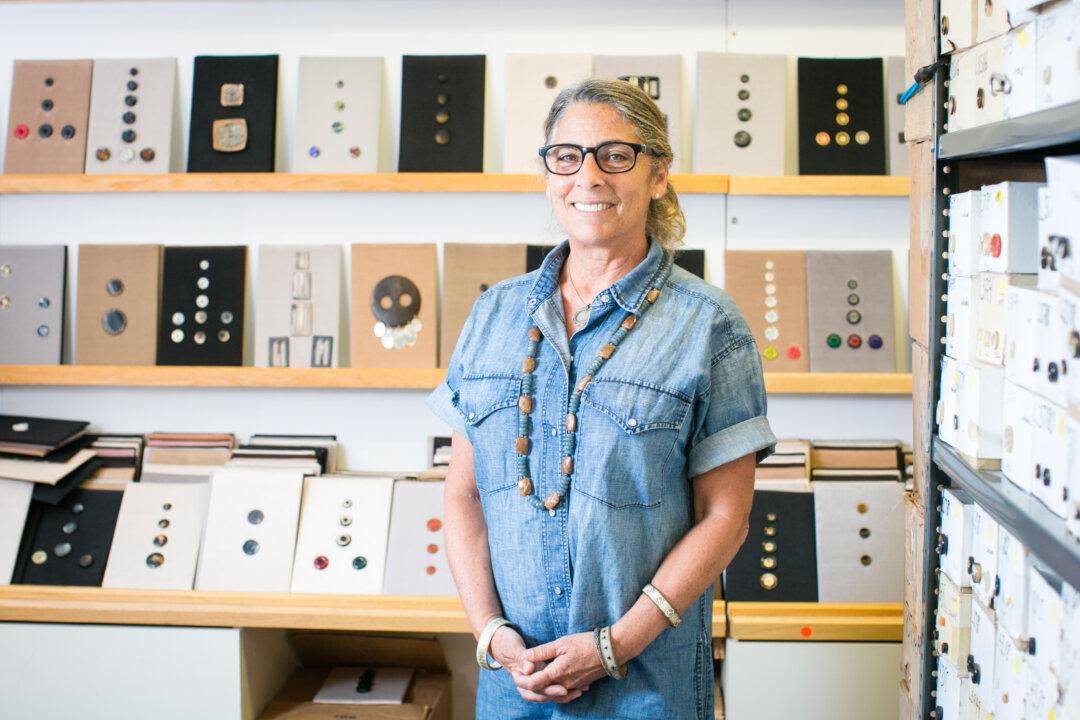NEW YORK—The title curator has come to be used in many fields—think curators of sweaters, cheeses, ham, and so on—so, inadvertently, the term has gained an elasticity that is not altogether welcomed by the curators at the Metropolitan Museum of Art (Met). Yet the current exhibition The Power of Prints: The Legacy of William M. Ivins and A. Hyatt Mayor celebrates the vision of two of the most productive and visionary curators at the Met, whose qualifications may not cut the mustard by today’s job description standards.
The two men laid the foundation for the Met’s grand collection of prints, and they “shifted the way Americans collect, understand, and study prints,” according to organizer Freyda Spira, associate curator in the Metropolitan Museum’s Department of Drawings and Prints.
William M. Ivins (1881–1961) was trained and worked as a lawyer, and A. Hyatt Mayor (1901–1980) studied literature, wrote poetry, and was an amateur actor. They both came to the field of prints because of the passion they had for works on paper, and the idea of building a collection almost like the library of a great literature professor, according to Spira. The Met’s collection of works on paper is filled not only with masterpieces, but also with works that were created in cultures in the lead-up to those masterpieces so as to give one a view of an entire culture. This is evident as one walks through the exhibition.
There is a lot to take in, in one viewing. And just one of the major highlights, like the ambitious collection of Rembrandt’s etchings, will no doubt warrant longer pause for appreciation.





